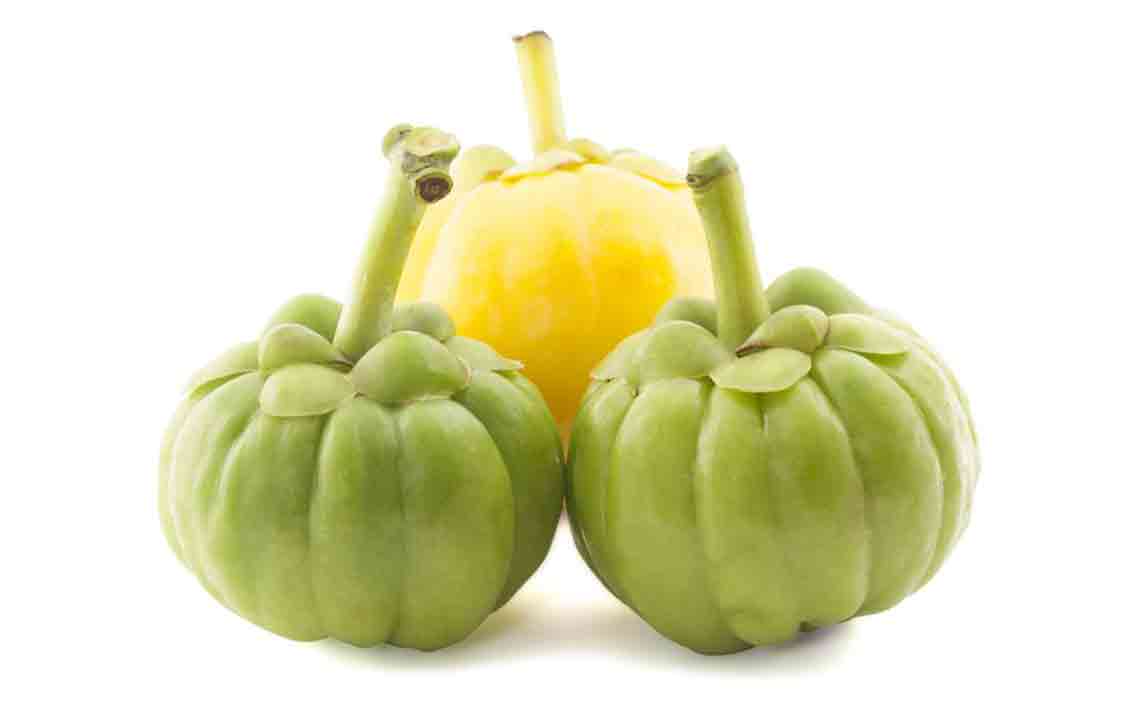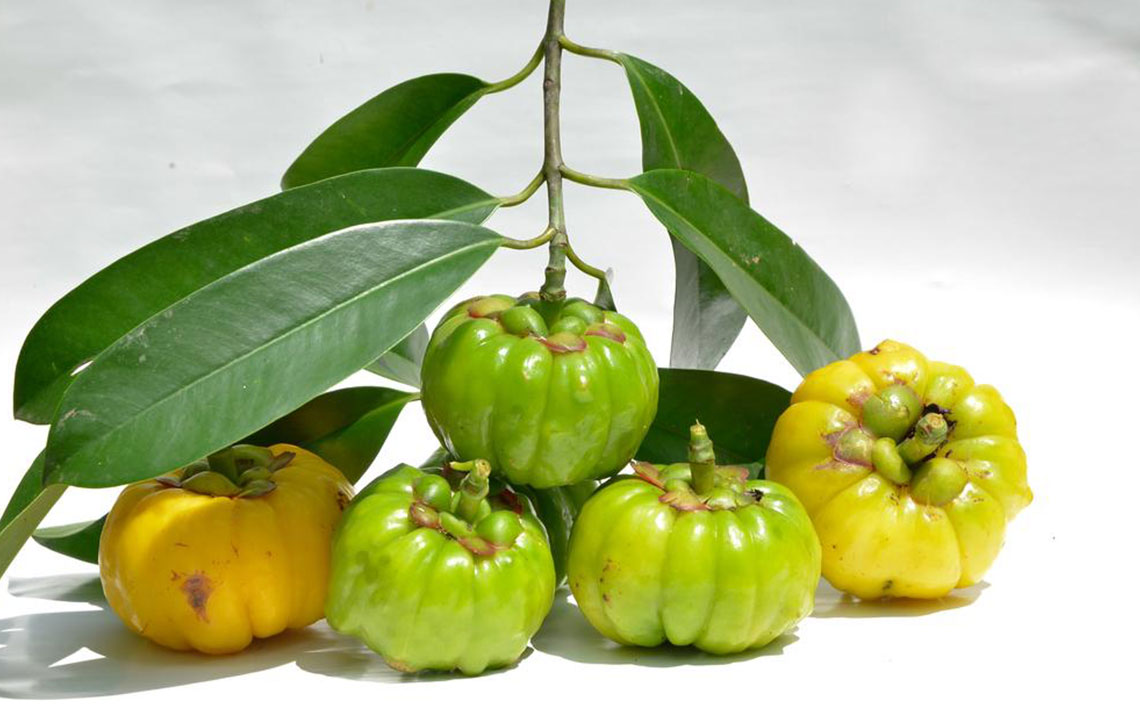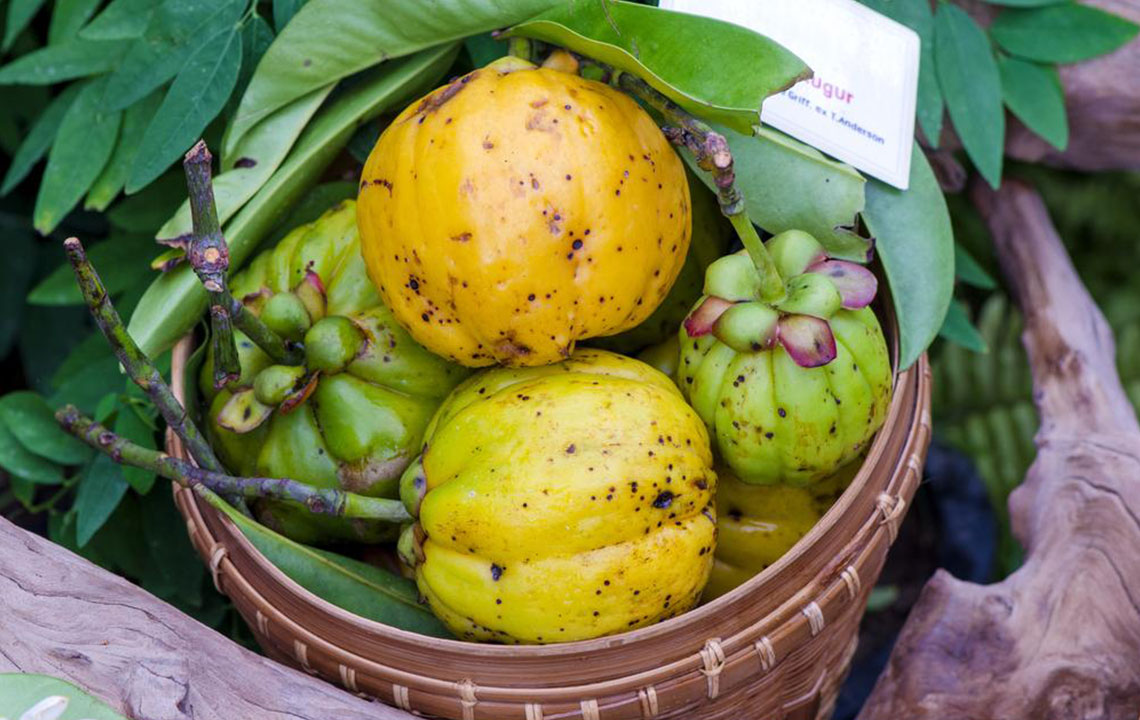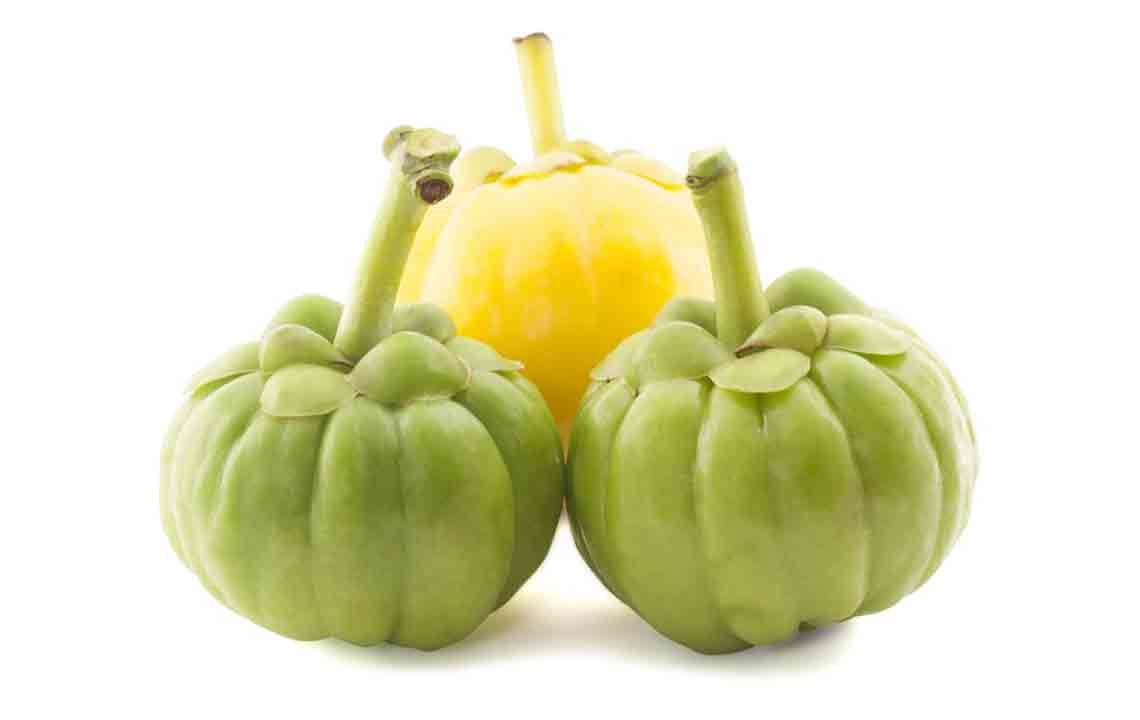Comprehensive Guide to Garcinia Cambogia: Benefits, Uses, and Safety Tips
Explore the comprehensive benefits, uses, and safety considerations of Garcinia Cambogia, a popular tropical fruit known for aiding weight loss and improving metabolic health. Learn about its traditional applications, modern supplement usage, and potential side effects to make informed decisions about incorporating this supplement into your health routine.

An In-Depth Exploration of Garcinia Cambogia and Its Health Benefits
Garcinia cambogia is a small tropical fruit that closely resembles a pumpkin in appearance. Its vibrant colors range from light green before ripening to bright yellow when mature. Known by various names such as Malabar Tamarind or Brindle berry, this fruit has earned recognition worldwide primarily for its potential role in weight management and overall health. Extracts derived from its rind are commonly incorporated into dietary supplements aimed at promoting weight loss. Despite its popularity, traditional uses of the fruit extend centuries across different cultures for various medicinal purposes. However, modern research alerts consumers to potential side effects, including liver toxicity, highlighting the importance of responsible usage.
This tropical fruit predominantly grows in Southeast Asian countries such as Indonesia, Cambodia, and Thailand. It is also cultivated in coastal regions of Karnataka and Kerala in India. The ripe Garcinia cambogia fruit typically manifests as a yellowish hue, whereas the unripe version is green. Furthermore, Central African forests cultivate the fruit, which thrives in humid, tropical climates. Drought conditions and dry environments can impede growth, making moist, warm conditions essential for healthy cultivation. For commercial purposes, the dried rind of Garcinia cambogia undergoes processing to prepare it for distribution and sale in international markets. The rind is often soaked in salt solutions or dried with salt to preserve its quality and flavor.
Once dried, the rind turns into a dark brown or black product, which is highly valued both in culinary uses and for health supplements. Its tangy, slightly bitter flavor makes it a versatile ingredient for enhancing dishes, particularly when combined with tamarind to create a more zestful taste. Whole dried fruits are also available in retail outlets for consumers to incorporate into their cooking or medicinal routines. Over centuries, the fruit’s flavor profile and medicinal properties have established its place in traditional diets, particularly in Asian cuisines, while modern science increasingly explores its potential health benefits in the context of weight management and metabolic health.
Common Uses of Garcinia Cambogia
Garcinia cambogia has gained widespread popularity as a natural aid for weight loss. Its unique sour flavor enhances culinary dishes, giving them a tangy punch, making it a favorite among chefs and home cooks alike. Traditionally, Ayurvedic medicine has attributed digestive and metabolic benefits to Garcinia cambogia, using it to stimulate digestion and balance bodily functions. In contemporary times, the focus has shifted toward its application in weight control programs—particularly among young adults seeking natural supplement options. The fruit’s ability to suppress appetite, possibly increase fat metabolism, and support digestive health has driven its popularity. However, debates continue about its efficacy and safety in commercial supplements, especially given concerns over potential health risks and side effects.
Risks and Side Effects of Garcinia Cambogia
While Garcinia cambogia offers promising benefits like appetite suppression, increased metabolic rate, and a rich vitamin C content, it is not without risks. Users have reported experiencing side effects such as dizziness, dry mouth, and gastrointestinal disturbances, including diarrhea and stomach discomfort. Interactions with medications, especially those related to diabetes, blood pressure, and other chronic health conditions, necessitate cautious use. It is highly advisable to consult healthcare professionals before incorporating Garcinia cambogia supplements into daily routines. Moreover, commercially available products often contain preservatives, chemicals, or additives that may exacerbate adverse effects. It is crucial to choose high-quality, pure products and use them responsibly. Misuse or overconsumption can lead to unwanted health issues, such as liver toxicity or the formation of undesired fat deposits, hence the importance of moderation and professional guidance.
In conclusion, Garcinia cambogia remains a nutrient-rich tropical fruit with a deep-rooted history in traditional medicine. Its potential to aid weight loss and improve metabolic health is promising, but users must exercise caution due to possible side effects. Understanding the nuances of product quality, appropriate dosing, and individual health conditions can maximize benefits while minimizing risks. Consulting healthcare providers and doing thorough research are vital steps before making Garcinia cambogia a part of your health regimen. When used responsibly, this versatile fruit can be an effective addition to a balanced diet and active lifestyle, helping individuals work toward their health and fitness goals safely.





